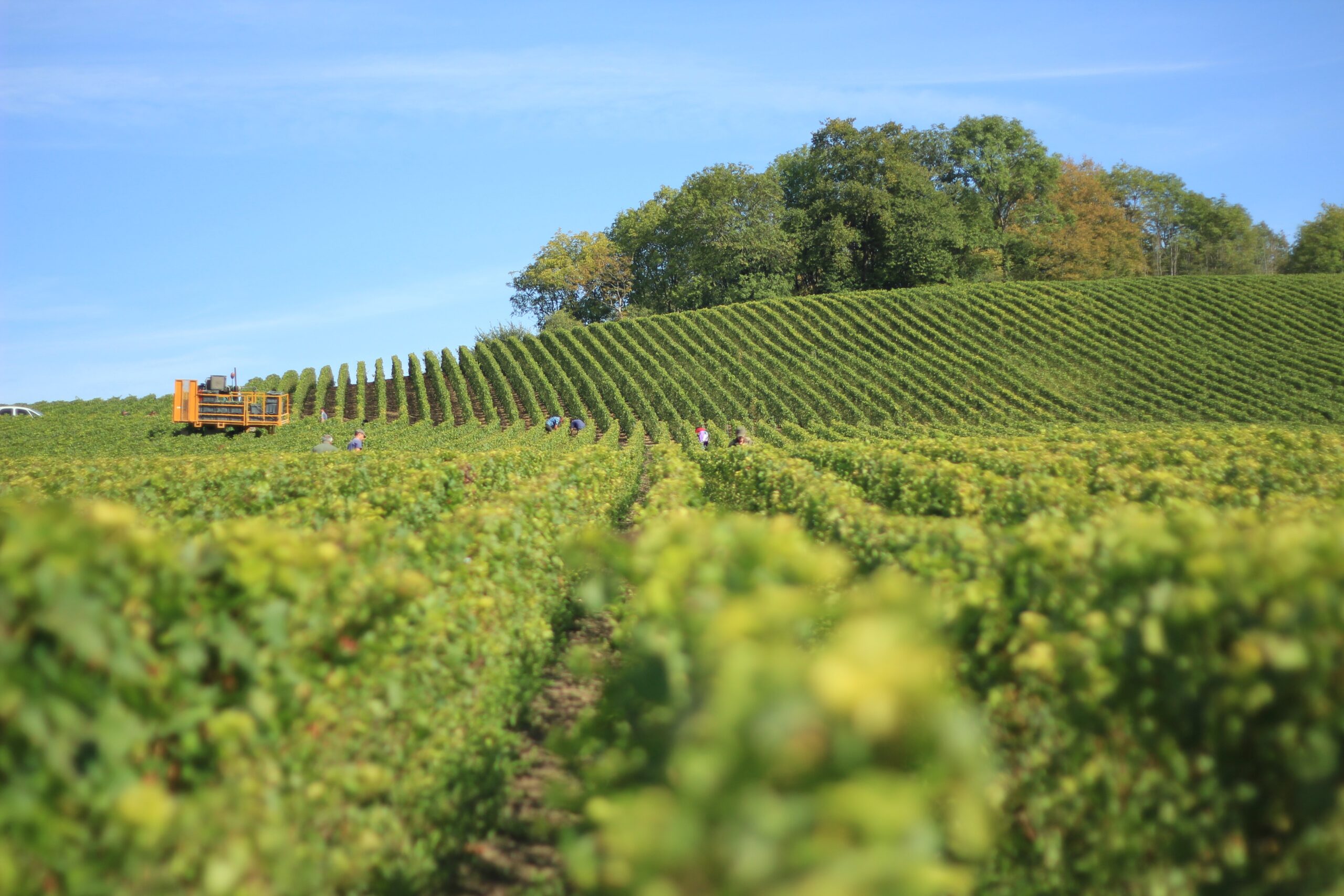
Interpreting Pesticide Residues in Food
There is a keen awareness among many consumers that pesticide chemicals frequently reach consumers in the form of food residues.

Interpreting Pesticide Residues in Food
There is a keen awareness among many consumers that pesticide chemicals frequently reach consumers in the form of food residues.

Omega-3 Fatty Acids: Health Benefits and Dietary Recommendations
This publication presents a robust narrative on the family of omega-3 polyunsaturated fatty acids—a narrative that not only includes their

Animal Productivity and Genetic Diversity: Cloned and Transgenic Animals
PART 8, “ANIMAL AGRICULTURE’S FUTURE THROUGH BIOTECHNOLOGY” This paper discusses two of the most recent reproductive technologies used to improve

Contribution of Animal Products to Healthful Diets
Foods derived from animals contribute significantly to total nutrients in the U.S. food supply. Moreover, the availability to humans

This CAST report supports dietary recommendations to decrease food fat consumption from the present national average of 37% to less